The recent tragedy in Japan and the vast number of weather-related power outages across the US this winter have many people concerned about what to do in case something like this happens to them. If you and yours were caught in a disaster and had to shelter inside your home for three or more days, what would you need?
The Red Cross, Homeland Security and a host of others have lengthy checklists for a 72-Hour Emergency Kit. These lists are long and can be a bit daunting. You can purchase a kits but they are pricey, generic and are pretty simple to make yourself. Many of the items you probably already have and the rest you can obtain with a single trip to the store.
Here is a quick and easy place to begin creating your Family Emergency Kit – just in case.
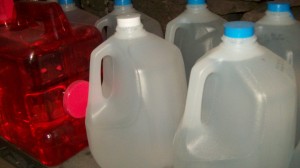
Water – you need a gallon, per person, per day. The easiest way to do this is to thoroughly clean 3 2-litre soda bottles and refill them with water for each person. Store them in the basement or laundry room and if you use soda bottles, put a note in your calendar to empty and refill them every six months.
Food – unless you have a camping stove or other way of heating food indoors, plan food that can be eaten without heating. Be sure the food you have is something your kids will eat. You can start with easy items such as energy bars, canned pasta, pudding, canned tuna or chicken salad, and the old standby of peanut butter and jelly (just remember to pack crackers too). Be sure to include some comfort food and chocolate (for you!). Check the expiration dates and plan to replace the food as needed. Don’t forget your pets’ food and water needs. Check out this post for a guide to a pet emergency kit.
If you do have a camp stove or live in a region where you always have access to your grill, consider adding a few items to your food stash that can be cooked or prepared with hot water. You can purchase fancy dehydrated meals from places like Mountain House or Honeyville Grain, but just having instant noodles or hot cocoa will fill your belly in a short term emergency. The advantage to some of these dehydrated foods is the longer storage life and you can pack more dehydrated food into a smaller space.
If you don’t use dehydrated foods, always write the expiration dates on the packages in a bold marker. Expect to rotate your food stash every six months to a year. Put the date on your calendar or rotate on your birthday so it is easy to remember.
Paper goods – if you have no power, you cannot wash dishes in the dishwasher and heating water for dishes consumes a lot of fuel, so put aside some paper plates, plastic utensils, napkins, antibacterial wipes, hand sanitizer and paper cups. Be sure to include some toilet paper, feminine supplies (because you know that disaster will strike at that time…), and cleansing or baby wipes (no water, no showers). If the power is out, you many not be able to get to the store so have the basics on hand! Diapers and wipes are a must and stash diapers in a size or two bigger that what your child currently wears so you don’t have to think about replacement frequently.
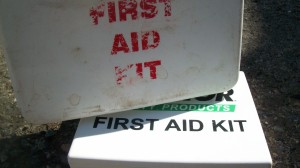
Emergency supplies – candles, flashlights, extra batteries, pocket knife, matches, a battery operated or hand crank radio, glow sticks (for fun and finding each other), cash in small bills, extra glasses or contacts, extra prescription medications, recent photos of everyone in the family (including pets), and copies of birth certificates.
Put an extra first aide kit near your emergency stash. Be sure to include pain relievers for suitable for everyone in your family.
Alternative Heat – without power, many people are also without heat. Think about an alternative heat source such as wood burning stove, propane heater, or fire place. Get your chimney cleaned and inspected while the weather is warm and the prices generally lower. Also if you live in a cold region, consider stashing a few extra blankets and hand warmers as well.
Entertainment – this is no small matter when you are stuck inside with no power for an indeterminate period of time. Consider stashing a few “new” books for your kids. These don’t need to be brand new, they can be purchased at garage sales, library book sales or book swaps. Put aside a deck of cards or a couple of games that can have any number of players. Some simple art supplies like a fresh box of crayons and a tablet of paper can be use for games as well as drawing. Hard candy can be an excellent addition to your Kit. Try Wintergreen Lifesavers – crunch them in the dark and you can see sparks.
Comfort – if you have young children in the house, comfort objects are key, especially in times of stress. Be sure you have some sort of lovey or blanket for them. Be sure to include some comfort foods for your family as well. Eating strange food is an additional stress no one needs during an emergency.
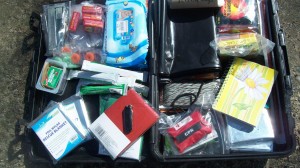
Special Needs – pregnancy, injury and even special heath concerns need to be addressed in your emergency kit. If you have an aging parent living with your, or even one who stays with for extended periods of time, plan your emergency kit to include them with additional food and gear. During pregnancy your nutritional needs change so be sure to include food items with lots of calcium.
Now that you’ve gathered all this stuff, where can you store it? This doesn’t have to be stored in a single location, so if you are short on space, consider under beds, the bottoms of closets, and any nook or cranny you can find. If space is less of a concern, you can always put stuff in a large tote or 5-gallon bucket in the basement, on a pantry shelf, or in your car.







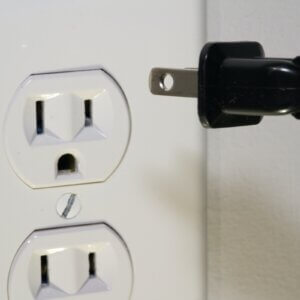









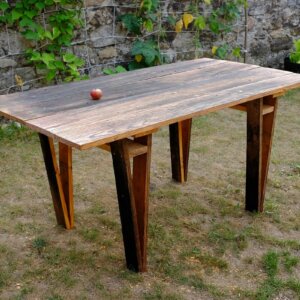


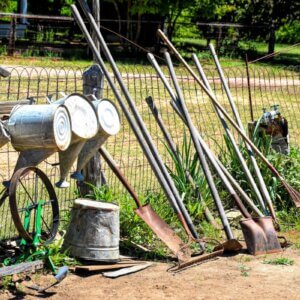


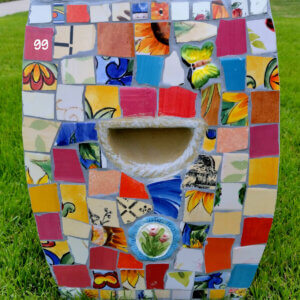
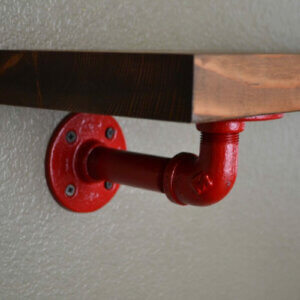





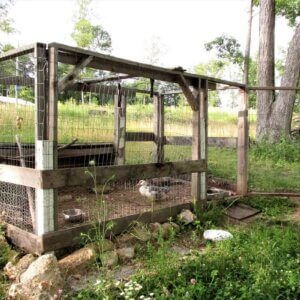


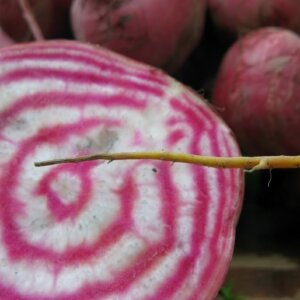

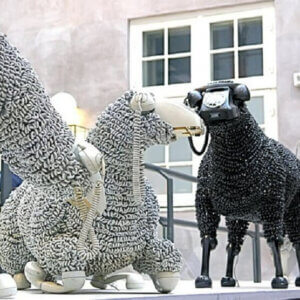



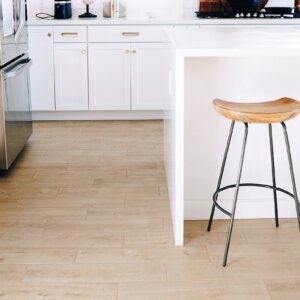

Leave a Reply